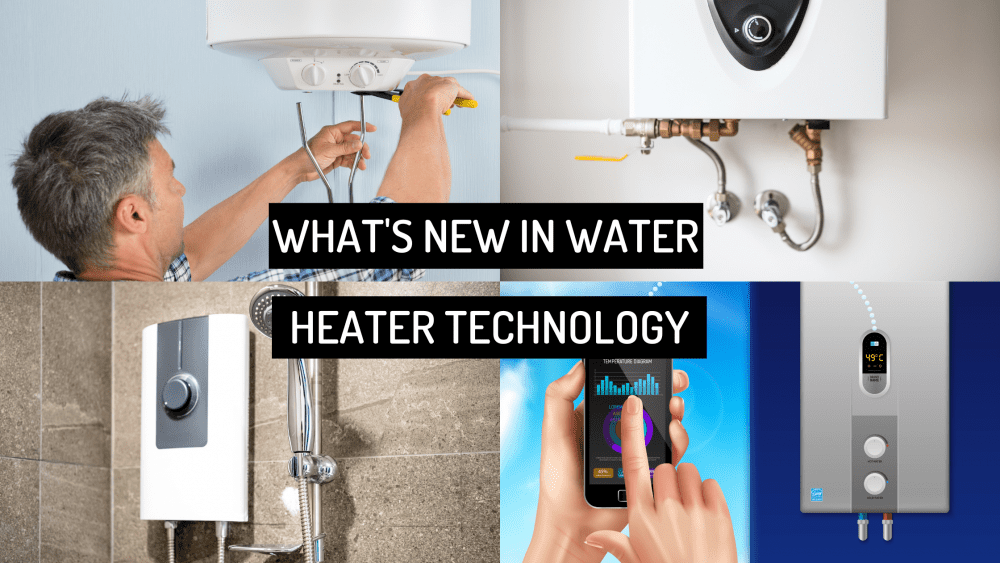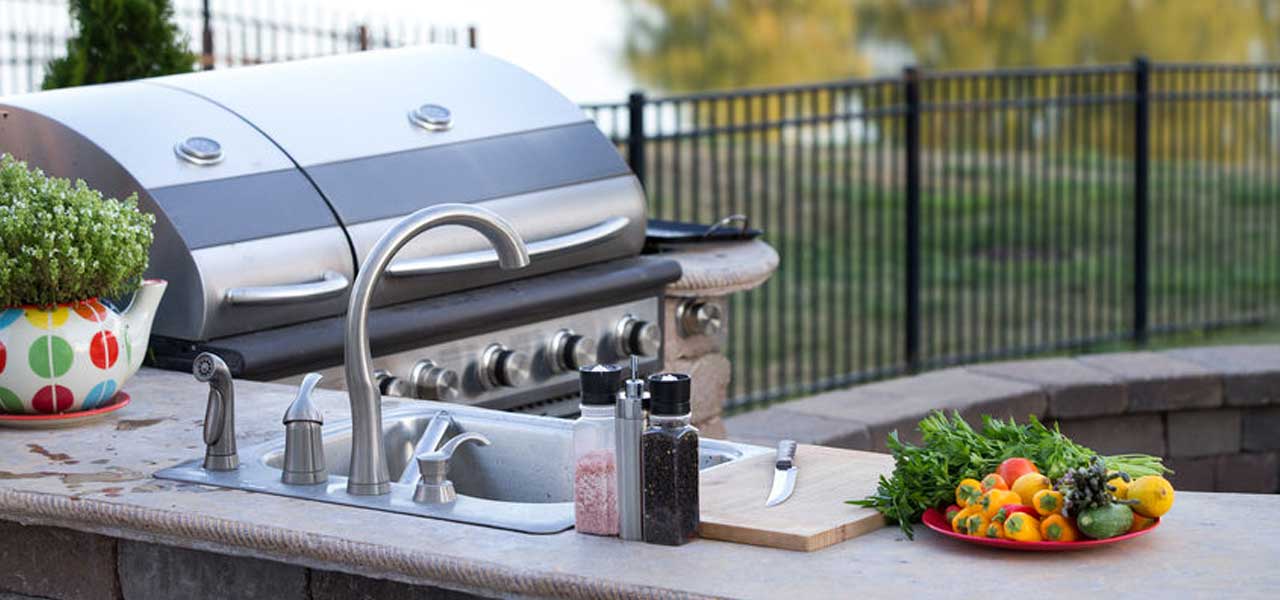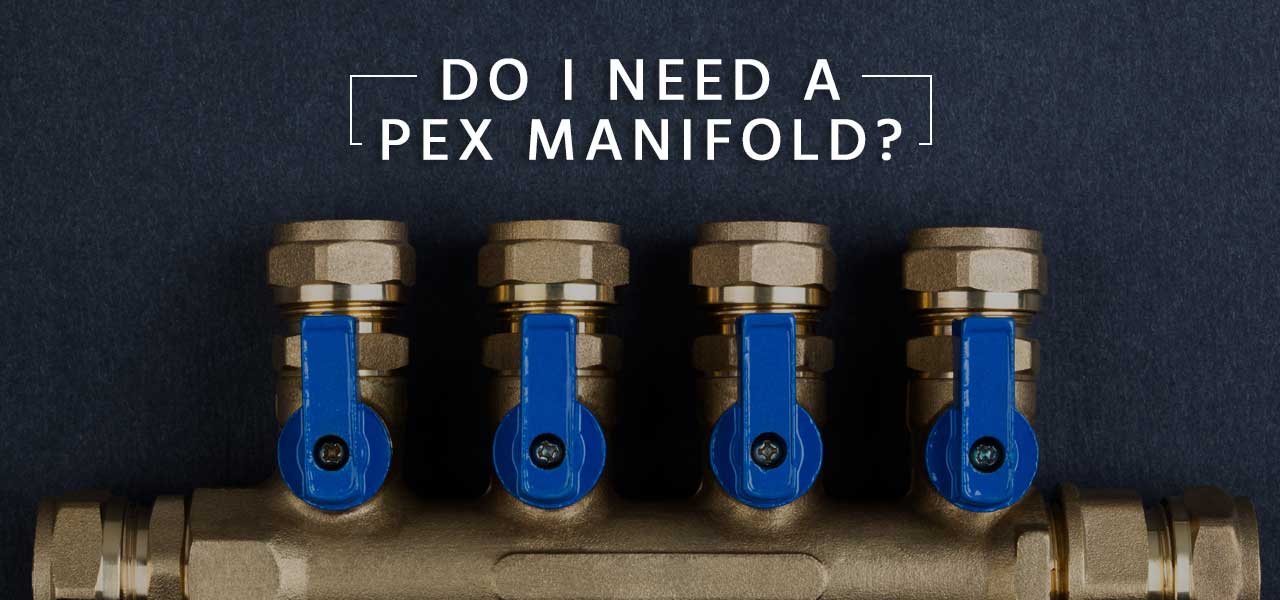From the day they were invented, the water heaters in our homes have remained almost entirely unchanged. Since 1889, when Edwin Ruud designed the first gas-fired, storage tank-type water heater in Philadelphia, PA, there hasn’t been much evolution in their design. It makes sense; if something works, don’t change it; thus, a large metal tank where forty to seventy gallons of water are kept heated to around 120 degrees, all day, every day. While the tank-type units have served us well for decades, their design has rendered it both inefficient and somewhat unsafe.
In the early 1910s, more homes were having water heaters installed, thus eliminating the need to heat water in pots on a stovetop, then pouring the hot water into a tub for bathing. Imagine how much we owe to water heaters just for making daily baths, showers, and the basics of bodily hygiene much more convenient and comfortable. No one likes taking a cold bath, and as such, people took a lot less of them before running hot water was a common feature in homes.
The biggest downside to a tank-type water heater is known as “standby losses,” which is the amount of energy wasted heating the same tank full of water over and over. Since we’re not likely to use fifty gallons of hot water several times a day, the heat generated is lost over time, requiring the tank to be reheated before hot water is needed.
In the last two decades, water heater manufacturers have made many improvements to delivering hot water to our faucets. From better insulation to reduce standby losses, tankless water heaters that provide on-demand hot water, and hot water recirculation systems to deliver INSTANT hot water, water heaters have become more complex and efficient.
TWENTY-FIRST CENTURY WATER HEATER INNOVATIONS
When we were growing up, the future was always portrayed as having flying cars, floating buildings, and TV sets on our wrists. While we haven’t witnessed nearly as many technological marvels by 2020 as predicted, between the internet, smartphones, and self-driving cars hitting the market, some of these inventions have changed the world.
While nowhere near as influential as Facebook, there have been many innovations to comfort appliances in our homes. While striving for maximum efficiency and performance, plumbing appliance makers have incorporated new technology into their products. Let’s take a look at just a few of these recent improvements to this century-old technology.
Improved Insulation:
For decades, the only insulation provided for water heaters was whatever was in the walls of your home or attic. For some reason, only known to the folks who built water heaters, water heaters never contained any form of energy-preserving insulation until the late 1970s. The first manufacturer to use a layer of foam insulation between the steel shell and glass lining was the State Corporation, and almost all makers soon followed suit.
New Glass Techniques:
The earliest water heaters didn’t have a long lifespan, as the steel tanks that were prized for their ability to conduct heat were susceptible to rust and corrosion from the water they held. It remained an issue for water heater makers until it was discovered that a layer of finely ground glass could be heated on the steel surface that, when cooled, leaves behind a protective coating on the metal. Almost every water heater manufacturer adopted their own proprietary methods of protecting their metal tanks, using either glass, porcelain, or silicon enamel.
Self-Cleaning Water Heaters:
The most used plumbing appliance in your home is also probably the most neglected, as water heaters require regular maintenance but rarely get it. Water heaters are almost always tucked away in some dark corner, most often in our garages or attics, where it’s easy to fall into the “out of sight, out of mind” category. Here in Houston, our water supply is notoriously mineral-rich, resulting in ‘hard’ water, which is like kryptonite for a water heater.
Mineral deposits are introduced to the tank from the city water line, and being heavier than water, they sink to the bottom. After a couple of years without regular maintenance to remove the deposits, a layer of sediment begins to build up, preventing water in the tank from reaching the heating elements. The unit must work harder, and for more extended periods, to keep up with the thermostat demand, resulting in higher energy bills and premature wear and tear.
Every tank-type water heater uses a component known as a ‘dip tube,’ a narrow metal pipe that extends from the cold-water inlet to the tank’s bottom. This tube channels the incoming cold-water supply to the bottom of the tank, making it easier to heat. Using a small fitting at the bottom of this dip tube that continuously rotates, the water at the bottom of the tank is continually stirred, keeping the minerals from clumping together. By allowing minerals to float in hot water, they are drawn out through the discharge pipe. The residue is circulated to your faucets instead of collecting at the bottom of the tank.
Tankless Water Heaters:
While not an entirely new concept, as tankless water heaters have been in use in Europe since the 1980s, their use in the United States didn’t become common until the early 2000s. Instead of storing hot water, these tankless units provide “on-demand” hot water only as it is needed, for as long as it is required. A tankless water heater will never run out of hot water.
Tankless water heater installations take up much less space than a standard tank-type and can even be hung on an outside wall, freeing up as much as 150 square feet of floor space. Energy use is significantly reduced without the need to heat a tank continually, and most homes that make the switch can see as much as a 30% reduction in use.
Now, there are a couple of caveats to consider with tankless water heaters, the first being that they are quite a bit more expensive than the traditional tank units. Due to the modifications required to your plumbing to enable the switch, along with the new unit’s cost, you could be looking at a $5,000 – $8,000 installation. One rule of thumb is that a tankless water heater installation will cost somewhere between 2 and 3 times what a standard unit would.
The second caveat you need to know before installing a tankless water heater is that “on-demand” hot water is not “instant” hot water. Tankless water heaters suffer from the same dilemma as their tank-type ancestors, in that neither one can deliver hot water the second a tap is opened. When your hot water faucet is turned off, the water that was on its way from the water heater to the tap is trapped in the supply pipe, where it cools. The next time a hot water tap is opened, residual cold water must emerge before anything from the water heater arrives. The ‘closed-end’ design of most residential plumbing systems is the cause of this unpleasant chilly burst, and depending on where your chose tap is located, it could be a while before it heats up.
Hot Water Recirculation Systems:
The only method of delivering “instant” hot water is by incorporating a hot water recirculation system into your home. Instead of your hot water supply line coming to a “dead-end” after the last faucet is passed, the unused hot water is directed back to the tank using a pump. When the standing water temperature reaches a set temperature (usually below 90 degrees), the pump is activated, cool water is pumped back to the tank, and hot water replaces it, appearing as soon as a tap is opened.
Smart Water Heaters:
While it can’t help your kids with their homework, nor can it offer any pearls of wisdom to get you through the day, your water heater could be pretty darn intelligent. Over the last decade, every manufacturer has incorporated smart technology to interact with our water heaters in several ways. By using an app on your smartphone or tablet, you can check your water heater’s status, adjust water temperature, or shut down the unit from anywhere. Smart water heaters can help prevent water damage by shutting the water heater down if a leak is detected.
Looking toward the future, as more new homes are built with more advanced features, water heaters will continue to advance with the technology.
Are you interested in the features and benefits of a new water heater installation? Give Nick’s Plumbing & Air Conditioning a call today for an installation cost evaluation, second opinion, or if you just need some advice on choosing the best water heater for your home.
We’re on the Way!


























